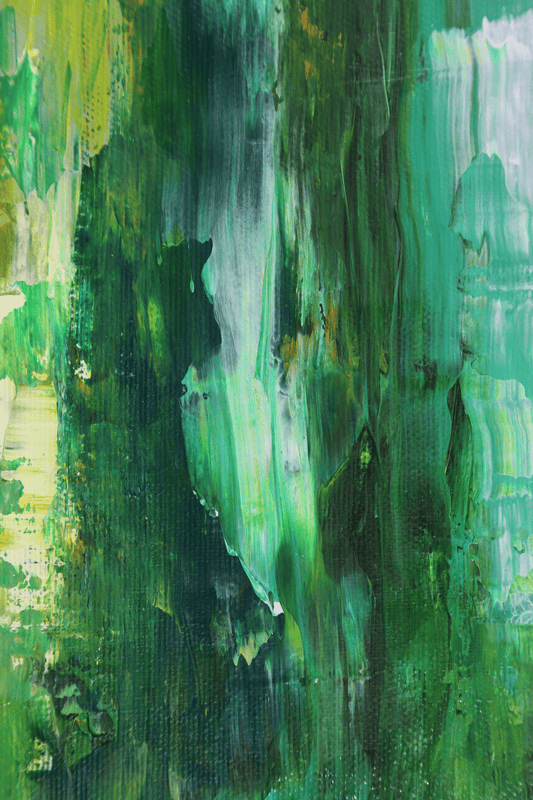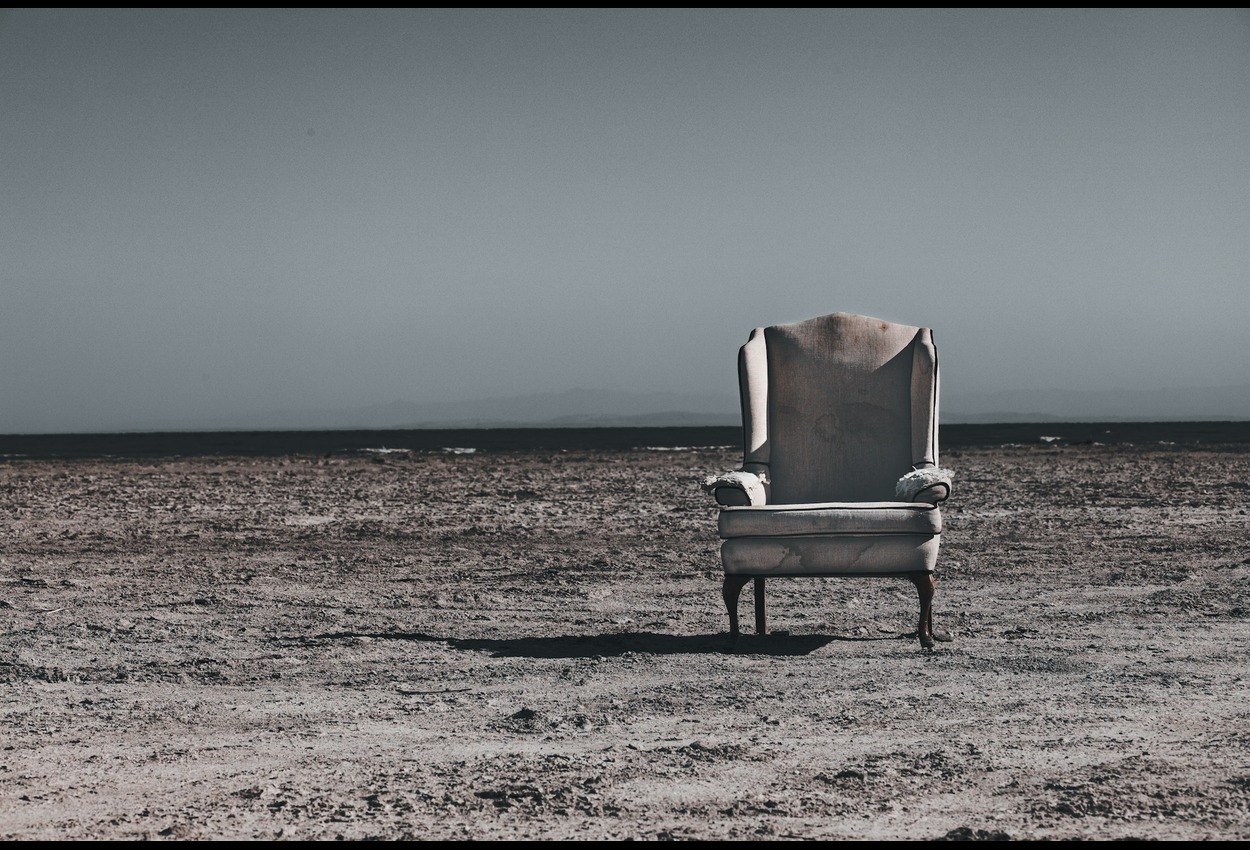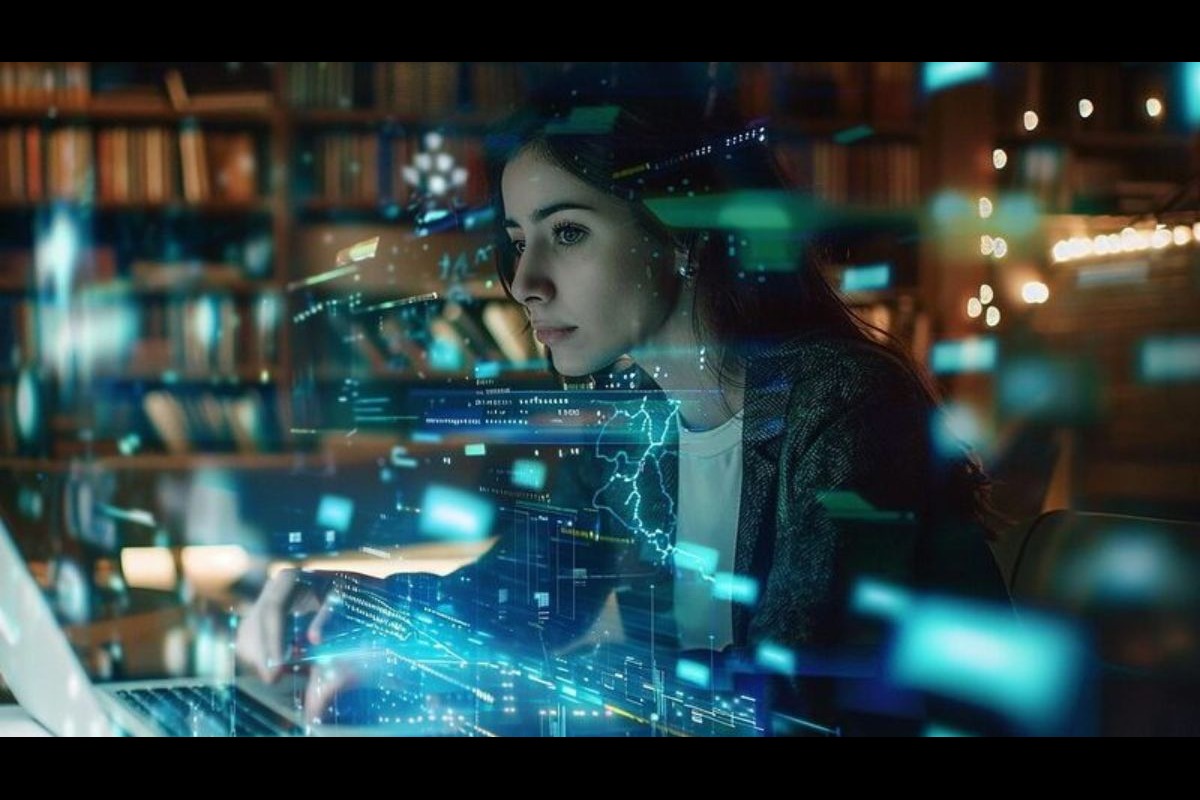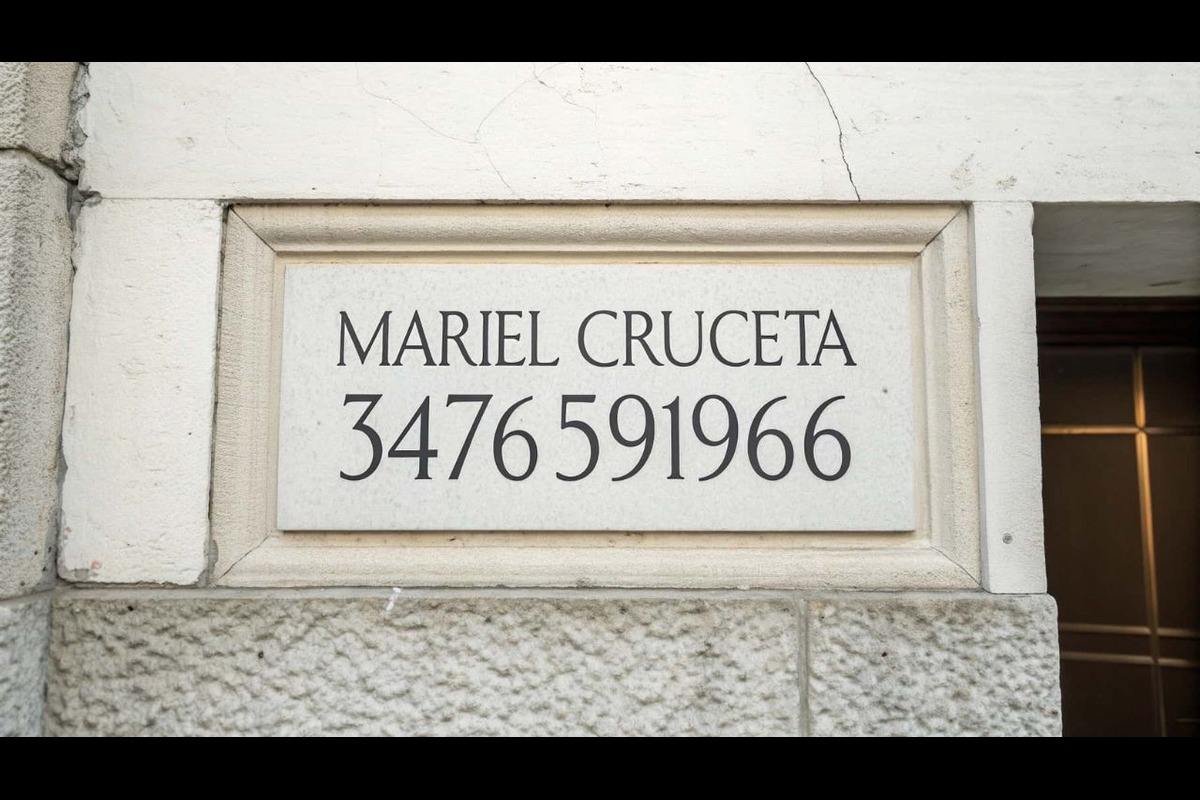Enter a world where creativity knows no bounds: the Back Casting Room. This unique space is more than just a studio; it’s a sanctuary for artists seeking inspiration and freedom to develop their art. Imagine walls covered in colorful paint splashes, the gentle scent of clay in the air, and tools arranged like an artist’s treasure trove. Whether you’re an aspiring painter, sculptor, or mixed-media artist, the Back Casting Room offers you a canvas for limitless experimentation. Join us on this journey and discover what makes these spaces so special and how they can transform the way you create art!
What is a Back Casting Room?
A Back Casting Room is a space for artists exploring different forms of creation, particularly sculpture and mold making. It is typically equipped with specialized tools and materials that allow for an understanding of the intricacies of casting techniques.
In these spaces, artists can work with various media such as resin, plaster, or metal. The environment encourages experimentation and innovation. Every corner holds inspiration, from unfinished projects to raw materials waiting to be processed.
The design often includes efficient ventilation systems due to the fumes from certain substances used in the casting process. This ensures a safe working environment.
Foundry rooms are not mere studios; they embody a culture of creativity where ideas come to life through tactile experiences. Artists immerse themselves in their craft, free from distractions, while allowing their imaginations to run wild.
History and Development of Foundry Rooms
Foundry rooms have a rich and diverse history. Originally, these spaces were simple workshops where artisans could experiment with materials and techniques. They became breeding grounds for creativity, allowing artists to explore their craft without the constraints of traditional studio environments.
Over time, foundry rooms evolved significantly. The rise of avant-garde movements in the 20th century transformed them into centers of innovation. Artists sought out these specialized spaces to push boundaries and collaborate with like-minded individuals.
Thanks to technological advances, studios are now often equipped with cutting-edge tools. Artists now have access to everything from digital production technology to high-quality lighting systems. This development reflects the ongoing desire of creatives to adapt and thrive in an ever-evolving art landscape.
The flexibility of modern studios continues to inspire new generations of artists seeking unique outlets for expression.
How Studio Spaces Benefit Artists
Studios provide artists with a sanctuary and foster their creativity in an inspiring environment. These spaces are designed to minimize distractions and allow artists to focus entirely on their work.
Controlled lighting and spatial design encourage experimentation with different media. Artists can explore new techniques without the pressure of external judgment or time constraints.
Access to specialized tools enhances the creative process. It allows artists to push boundaries and innovate in their art.
Collaboration often thrives in these collaborative environments. Connecting with like-minded individuals creates opportunities for sharing ideas and feedback, enriching the artistic experience.
Furthermore, casting rooms offer a unique atmosphere that stimulates the imagination. The combination of sight, sound, and space can lead to unexpected discoveries that transform ordinary concepts into extraordinary works of art.
Famous Artists Who Have Used Back Casting Rooms
Throughout history, numerous artists have found inspiration in back casting rooms. These creative spaces encouraged innovation and experimentation.
The famous sculptor Henry Moore used these environments to explore new techniques. His iconic works were often created in the freedom these studios offered.
Another notable figure is Louise Bourgeois, who transformed her emotions into powerful sculptures. The intimate atmosphere of a back casting room allowed her to delve into her psyche.
Contemporary artist Tara Donovan has also used these unique spaces for her complex installations. Her ability to manipulate materials reflects the versatility of back casting rooms.
These artists illustrate how these creative oases can influence artistic expression. Each work tells stories born of exploration in an inspiring environment.
Step-by-Step Guide to Creating Art in a Back Splash Room
Creating art in a back splash room can be an inspiring experience. First, gather all the necessary materials: paints, brushes, canvas, and any other tools.
Next, organize your workspace efficiently. Ensure good lighting and lay out everything you need for your creative flow.
If you prefer structure, start with a preliminary sketch on the canvas. Alternatively, indulge your spontaneity and apply bold strokes of paint directly to the surface.
Take breaks to gain distance from your work. This allows you to view your work from different perspectives and make adjustments as needed.
Feel free to experiment with textures or layering techniques, as these can lead to unexpected results and enhance the depth of your work.
Allow yourself to make mistakes; they often lead to new creative discoveries.
Alternative Uses for Back Splash Rooms
Back splash rooms aren’t just suitable for traditional artistic practices; their versatility opens up a wide range of creative possibilities.
Musicians can transform these spaces into recording studios, taking advantage of the soundproofing and unique acoustics of these environments. This allows for high-quality audio production without distractions.
Writers also find inspiration in backstage audition rooms. The quiet atmosphere promotes concentration and makes them an ideal place to escape the hustle and bustle of everyday life and write poetry or prose.
Educators can also use these spaces for workshops and classes. Lessons that combine different art forms can flourish here and encourage collaboration among participants.
Chefs have also discovered their potential. Culinary artists can use a backstage audition room for experimental cooking classes, transforming culinary techniques into visual art through plating and presentation.
Conclusion:
The Endless Possibilities of the Backstage Audition Room
The backstage audition room serves as a sanctuary for creativity. With its unique design and specialized tools, it allows artists to bring their visions to life in ways not possible in traditional studios. The space encourages experimentation and promotes innovative techniques and diverse media.
Artists who enter a casting room discover an environment full of possibilities. Here, they can explore different creative methods without the constraints often found elsewhere. This freedom is crucial for pushing boundaries and developing new forms of artistic expression.
Whether you’re a budding artist or an experienced artist, the potential of these spaces is enormous. Casting rooms are more than just workspaces; they’re places where ideas flourish and imaginations are ignited. If we continue to enjoy this creative haven, its influence on the art world will undoubtedly grow, enriching our lives with diverse perspectives and fresh inspiration.

![The rise of Insetprag: how it is transforming the sector/domain The Rise of Insetprag: How It’s Transforming [Industry/Field]](https://apkdatamod.com/wp-content/uploads/2025/12/irewolede-PvwdlXqo85k-unsplash-150x150.jpg)








